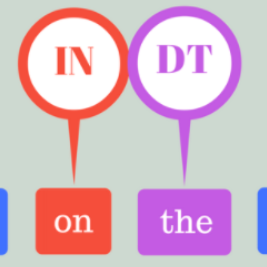Corpus preparation for low-resource languages and for development of human language technology to analyze or computationally process them is a laborious task, primarily due to the unavailability of expert linguists who are native speakers of these languages and also due to the time and resources required. Bhojpuri, Magahi, and Maithili, languages of the Purvanchal region of India (in the north-eastern parts), are low-resource languages belonging to the Indo-Aryan (or Indic) family. They are closely related to Hindi, which is a relatively high-resource language, which is why we compare with Hindi. We collected corpora for these three languages from various sources and cleaned them to the extent possible, without changing the data in them. The text belongs to different domains and genres. We calculated some basic statistical measures for these corpora at character, word, syllable, and morpheme levels. These corpora were also annotated with parts-of-speech (POS) and chunk tags. The basic statistical measures were both absolute and relative and were exptected to indicate of linguistic properties such as morphological, lexical, phonological, and syntactic complexities (or richness). The results were compared with a standard Hindi corpus. For most of the measures, we tried to the corpus size the same across the languages to avoid the effect of corpus size, but in some cases it turned out that using the full corpus was better, even if sizes were very different. Although the results are not very clear, we try to draw some conclusions about the languages and the corpora. For POS tagging and chunking, the BIS tagset was used to manually annotate the data. The POS tagged data sizes are 16067, 14669 and 12310 sentences, respectively, for Bhojpuri, Magahi and Maithili. The sizes for chunking are 9695 and 1954 sentences for Bhojpuri and Maithili, respectively.
翻译:为低资源语言和开发用于分析或计算这些语言的人类语言技术做准备是一项艰巨的任务,这主要是因为没有专家语言学家,他们是这些语言的本地语言语言,而且由于时间和资源需求,因此无法使用这些语言。印度Purvanchal地区(东北部部分)的Bhojpuri、Magahi和Maithili使用印度Purvanchal语言,这些语言属于印度-Aryan(或Indic)家族的低资源语言。它们与印地语(一种相对较高的资源语言)密切相关,这是我们与印地语比较的原因。我们从各种来源收集了这三种语言的语种语言的语体,并尽可能地清理了它们,而没有改变其中的数据。我们计算了这些语体格、语言语言、语言、语言、语言、语言、语言、语言、语言、语系的语系等的基本统计尺度。这些语系也与部分(POS)和块标记相关。我们的基本统计措施是绝对的和相对的,我们没有深度的统计措施,并且已经尽可能地展示了它们。



